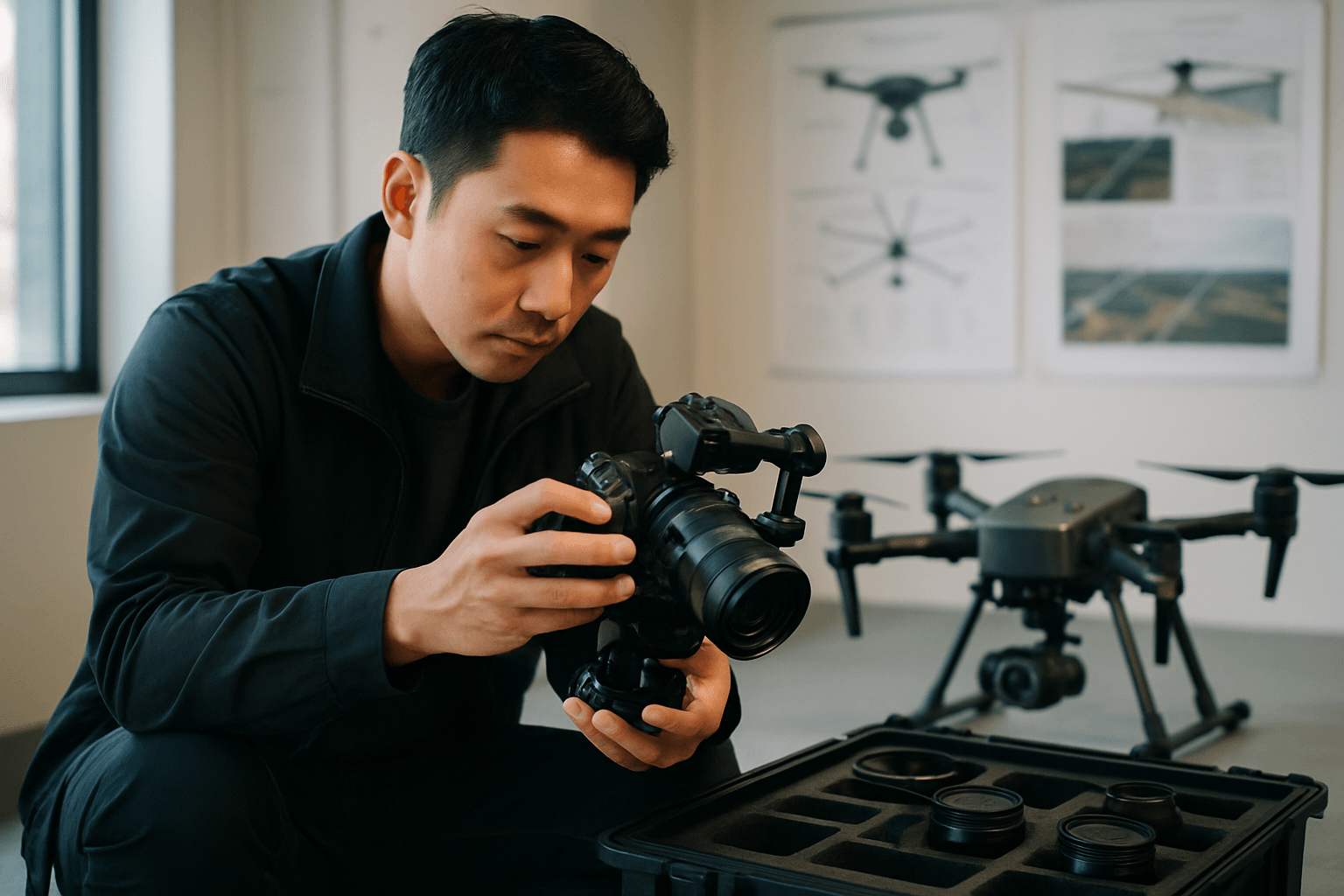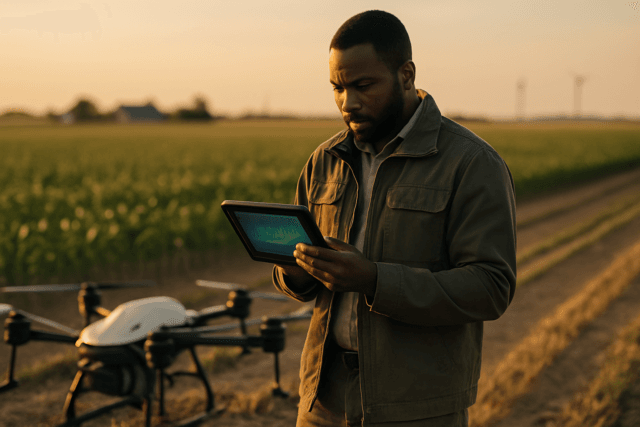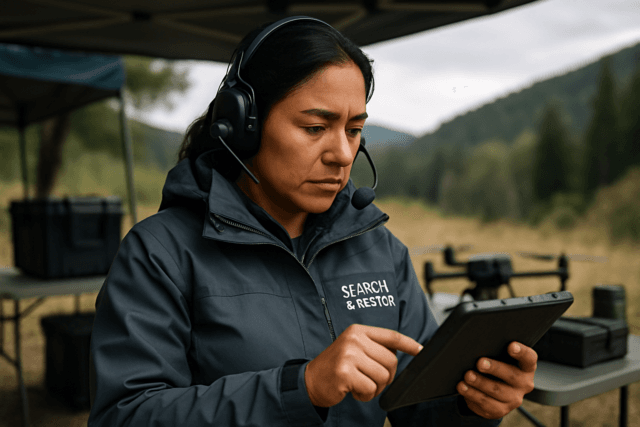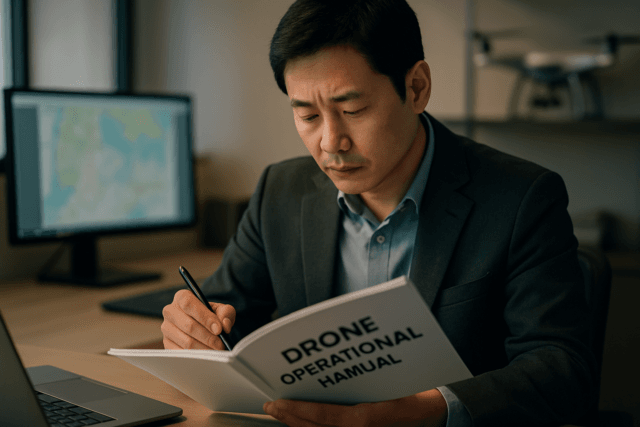The sky is no longer the limit for capturing breathtaking visuals, thanks to the continuous evolution of drone technology. However, the true power of an Unmanned Aerial Vehicle (UAV) in photography and videography lies not just in the drone itself, but in the payload it carries. Selecting the optimal drone payload is a critical decision that directly impacts image quality, creative possibilities, and overall mission success. Understanding the intricate balance between camera capabilities, stabilization, and flight dynamics is paramount for anyone looking to elevate their aerial visual storytelling.
What is a Drone Payload?
In the context of drone photography and videography, a drone payload refers to any additional equipment carried by the drone beyond its essential flight components. This primarily includes cameras, lenses, gimbals, and sometimes specialized sensors. It’s essentially the drone’s “cargo allowance,” which directly influences what kind of imagery can be captured and how effectively the drone performs. The payload capacity is distinct from the Maximum Takeoff Weight (MTOW), which includes the drone’s own weight, battery, and built-in gear.
Key Factors to Consider When Choosing a Drone Payload
Making an informed decision about your drone payload requires careful consideration of several interconnected factors. These elements dictate not only the quality of your output but also the drone’s performance and operational safety.
Camera Type: Integrated vs. Interchangeable Systems
The first major decision often revolves around the camera system:
- Built-in Cameras: Many consumer and prosumer drones, such as the DJI Mavic series or Phantom 4 Pro, come with integrated cameras. These offer a seamless, compact, and often lightweight solution, ideal for beginners and casual flyers due to their hassle-free setup. While they lack the flexibility of swapping lenses, the quality in many modern integrated cameras is remarkably high, often featuring 4K or even 5.1K video recording and high-megapixel stills.
- Interchangeable Camera Systems: For professionals and enthusiasts seeking maximum creative control, drones with interchangeable cameras are the preferred choice. Platforms like the DJI Inspire series or specialized heavy-lift drones allow users to attach and swap various cinema-grade cameras and lenses (e.g., Micro Four Thirds, DSLRs, or mirrorless cameras). This versatility enables photographers to adapt to diverse shooting scenarios by switching between wide-angle, telephoto, or macro lenses, providing improved image quality, enhanced control over shots, and a degree of future-proofing for the gear. However, these systems are typically more expensive, bulkier, and require larger, more powerful drones with higher payload capacities.
Sensor Size: The Heart of Image Quality
Often overlooked in favor of megapixels, the camera sensor size is a critical determinant of image quality.
- Larger Sensors: Generally, a physically larger sensor can process more light, leading to better low-light performance, a wider dynamic range, and richer detail in both highlights and shadows. This is particularly beneficial for capturing nuanced environments and offers greater flexibility in post-processing. For example, a 1-inch sensor found in some professional consumer drones (like the DJI Phantom 4 Pro) offers significantly better quality than smaller sensors. Professional-grade drones can even accommodate full-frame sensors.
- Smaller Sensors: While larger sensors are generally superior for image quality, smaller sensors contribute to more compact and lightweight camera designs, which are advantageous for smaller drones.
Resolution and Frame Rates
High resolution (e.g., 4K, 8K) is crucial for capturing detailed images and videos, especially for professional applications like filmmaking, surveying, and real estate photography. Higher frame rates (e.g., 60fps, 120fps) are important for capturing smooth slow-motion footage, although 24fps often provides a cinematic look. Modern drones for filmmaking often feature 4K at 60fps or even 8K recording capabilities.
Gimbal Stabilization: Essential for Smooth Footage
A high-quality gimbal is indispensable for achieving smooth, professional-grade aerial footage. Gimbals are stabilizing devices that counteract the drone’s movements, keeping the camera level and free from shakes, even in turbulent conditions.
- 3-Axis Gimbals: Most professional photography and videography drones utilize 3-axis gimbals, which provide stabilization across pitch, roll, and yaw axes, ensuring buttery-smooth video.
- Integrated vs. External Gimbals: Many drones come with integrated gimbal-camera units. For interchangeable camera systems, robust external gimbals, such as those from DJI (Ronin series), Zhiyun, or FeiyuTech, are used to stabilize heavier camera setups. These gimbals often boast significant payload capacities, some capable of stabilizing cinema cameras weighing over 6kg.
Weight and Payload Capacity
The payload’s weight is a critical factor influencing the drone’s flight time, stability, and maneuverability.
- Drone Limitations: Every drone has a maximum payload capacity. Exceeding this limit can lead to reduced flight time, decreased responsiveness, instability, mechanical stress, and even crashes.
- Impact on Performance: Heavier payloads demand more power from the motors, drastically shortening battery life. Professional photography drones typically have payload capacities ranging from 1kg to 10kg, allowing them to carry high-quality cameras and stabilizers. Heavy-lift drones can carry even more, sometimes up to 9kg or beyond for cinema-grade cameras.
- Optimizing Weight: To maximize flight performance, consider lightweight camera components, mounting hardware made from carbon fiber, and high-capacity, efficient batteries.
Lens Options
For drones with interchangeable camera systems, lens choice becomes another crucial payload decision. Different lenses offer varying focal lengths, apertures, and optical qualities.
- Focal Length: Wide-angle lenses are common for expansive landscape shots, while telephoto lenses allow for close-ups from a distance, useful for capturing wildlife or difficult-to-reach subjects without disturbing them.
- Aperture: A wider aperture (smaller f-number) allows more light into the sensor, which is beneficial in low-light conditions and for achieving a shallow depth of field, creating cinematic background blur.
- Filters: ND (Neutral Density) filters are essential for videography, allowing for slower shutter speeds in bright conditions to achieve a more natural motion blur in footage.
Budget and Drone Compatibility
Your budget will heavily influence the available options. High-end professional setups with interchangeable cinema cameras can be significantly more expensive than integrated camera drones. Furthermore, any chosen payload must be compatible with your drone’s physical mounts, electronic connections, and software. Many drone manufacturers offer Software Development Kits (SDKs) to allow for integration of third-party payloads, but some systems are closed.
Common Drone Payload Setups for Photography and Videography
Different applications demand different payloads:
- Hobbyist & Casual Use: Drones like the DJI Mini series or entry-level models often come with integrated, compact cameras (e.g., 1/2.3-inch or 1/1.3-inch sensors) and 2- or 3-axis gimbals, suitable for good quality aerial photos and videos for personal use or social media.
- Prosumer & Advanced Photography: Drones such as the DJI Mavic series (e.g., Mavic 3 Cine, Mavic 3 Pro) or Autel EVO Lite+ offer larger sensors (e.g., 1-inch, 4/3-inch Hasselblad), 4K or 5.1K video, and excellent 3-axis gimbal stabilization. These are ideal for real estate, travel, and more serious content creation, providing significant creative control and image quality without requiring a heavy-lift drone.
- Professional Cinematography & Filmmaking: For high-end productions, drones like the DJI Inspire 3 are designed to carry interchangeable, cinema-grade camera systems (e.g., Zenmuse X9-8K Air gimbal with full-frame sensors and swappable lenses). These setups offer features like 8K RAW recording, high dynamic range, and dual-operator control, rivaling ground-based cinema rigs. Such drones require substantial payload capacity and are often part of a larger production workflow.
Making the Informed Decision
Choosing the right drone payload for photography and videography is a strategic decision that balances creative aspirations with practical limitations. Begin by clearly defining your primary use case – whether it’s casual content creation, real estate photography, or high-end cinematic production. Then, carefully evaluate factors such as camera sensor size, resolution capabilities, the necessity of interchangeable lenses, gimbal performance, and, crucially, your drone’s payload capacity. Remember that a larger sensor generally yields superior image quality, and a robust gimbal is non-negotiable for smooth footage. By meticulously weighing these elements, you can select a payload that not only meets your technical requirements but also unlocks your full creative potential from above.





